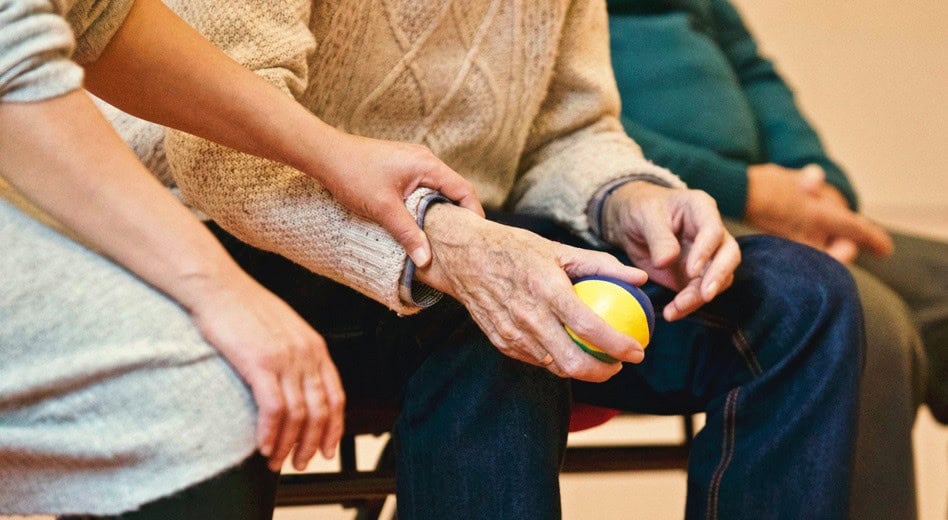
Exploring frailty through physical activity and sedentary behaviours
October 28, 2020WHO Global webinar for the launch of the new Guidelines on physical activity and sedentary behaviour – 26 Nov 2020
November 12, 2020A paper titled “Device-assessed physical activity and sedentary behavior in a community-based cohort of older adults” was recently published in the BMC Public Health. The summary of the paper, author information and citation details are posted below. Thank you to Dr. Dori Rosenberg for sharing their study summary with us.
The full-text article is available here (open access).
Study Summary
Background
Few studies characterize older adult physical activity and sitting patterns using accurate accelerometer and concurrent posture measures. In this descriptive paper, we report accelerometer data collection protocols, consent rates, and physical behavior measures from a population-based cohort study (Adult Changes in Thought, ACT).
Methods
The ACT study holds enrollment steady at approximately 2000 members of Kaiser Permanente Washington aged 65+ without dementia undergoing detailed biennial assessments. In 2016 the ACT-Activity Monitor (ACT-AM) sub-study was initiated to obtain data from wearing activPAL and ActiGraph devices for 7 days following regular biennial visits. We describe the methods protocol of ACT-AM and present characteristics of people who did and did not consent to wear devices. We compute inverse probability of response weights and incorporate these weights in linear regression models to estimate means and 95% confidence intervals (CI) of device-based pattern metrics, adjusted for wear time and demographic factors, and weighted to account for potential selection bias due to device-wear consent.
Results
Among 1885 eligible ACT participants, 56% agreed to wear both devices (mean age 77 years, 56% female, 89% non-Hispanic white, 91% with post-secondary education). On average, those who agreed to wear devices were younger and healthier. Estimated mean (95% CI) activPAL-derived sitting, standing, and stepping times were 10.2 h/day (603–618 min/day), 3.9 h/day (226–239 min/day), and 1.4 h/day (79–84 min/day), respectively. Estimated mean ActiGraph derived sedentary (Vector Magnitude [VM] < =18 counts/15 s), light intensity (VM 19–518 counts/15 s), and moderate-to-vigorous intensity (VM > 518 counts/15 s) physical activity durations were 9.5 h/day (565–577 min/day), 4.5 h/day (267–276 min/day), and 1.0 h/day (59–64 min/day). Participants who were older, had chronic conditions, and were unable to walk a half-mile had higher sedentary time and less physical activity.
Conclusions
Our recruitment rate demonstrates the feasibility of cohort participants to wear two devices that measure sedentary time and physical activity. Data indicate high levels of sitting time in older adults but also high levels of physical activity using cut-points developed for older adults. These data will help researchers test hypotheses related to physical behavior and health in older adults in the future.
Authors and affiliations
Dori Rosenberg, Rod Walker, Mikael Anne Greenwood-Hickman, KatieRose Richmire & Eric B. Larson
- Kaiser Permanente Washington Health Research Institute, 1730 Minor Ave, Suite 1600, Seattle, WA, 98101, USA
John Bellettiere, Michael Higgins, David Wing & Andrea Z. LaCroix
Yunhua Xiang & Paul K. Crane
Citation
Rosenberg, D., Walker, R., Greenwood-Hickman, M.A. et al. Device-assessed physical activity and sedentary behavior in a community-based cohort of older adults. BMC Public Health 20, 1256 (2020). https://doi.org/10.1186/s12889-020-09330-z




